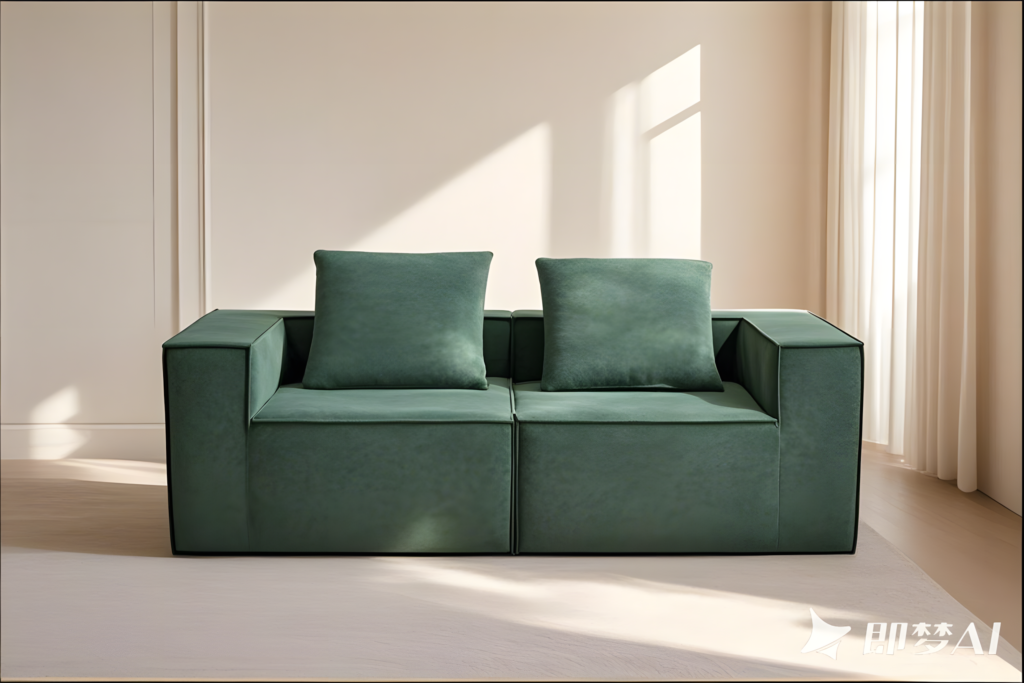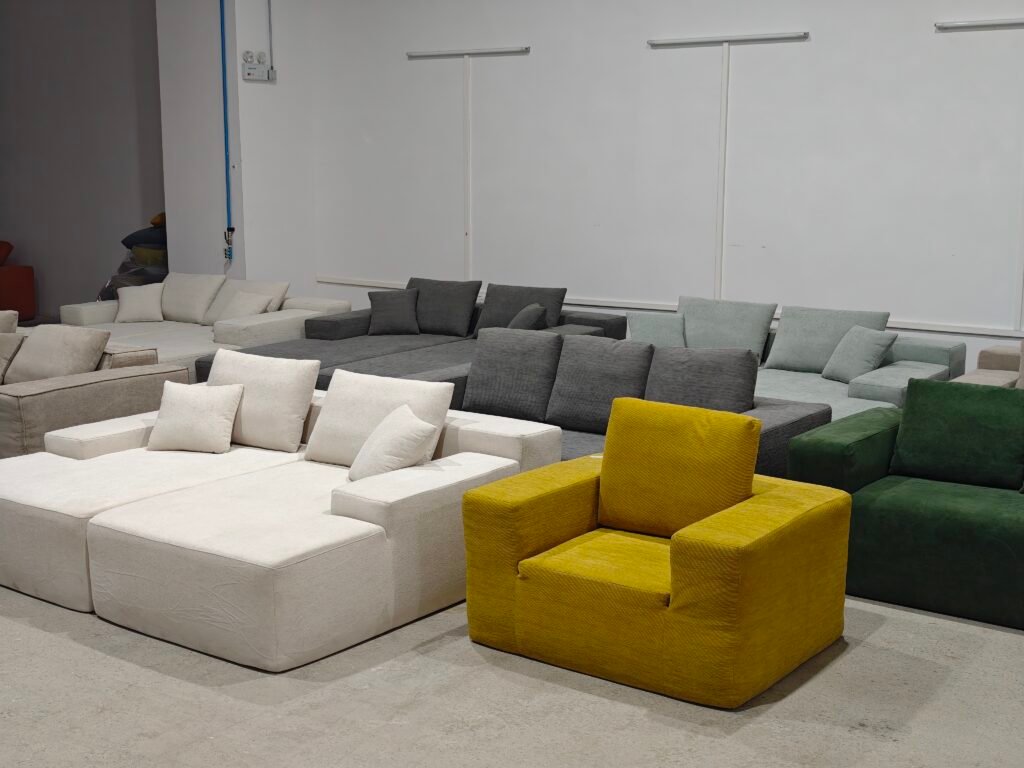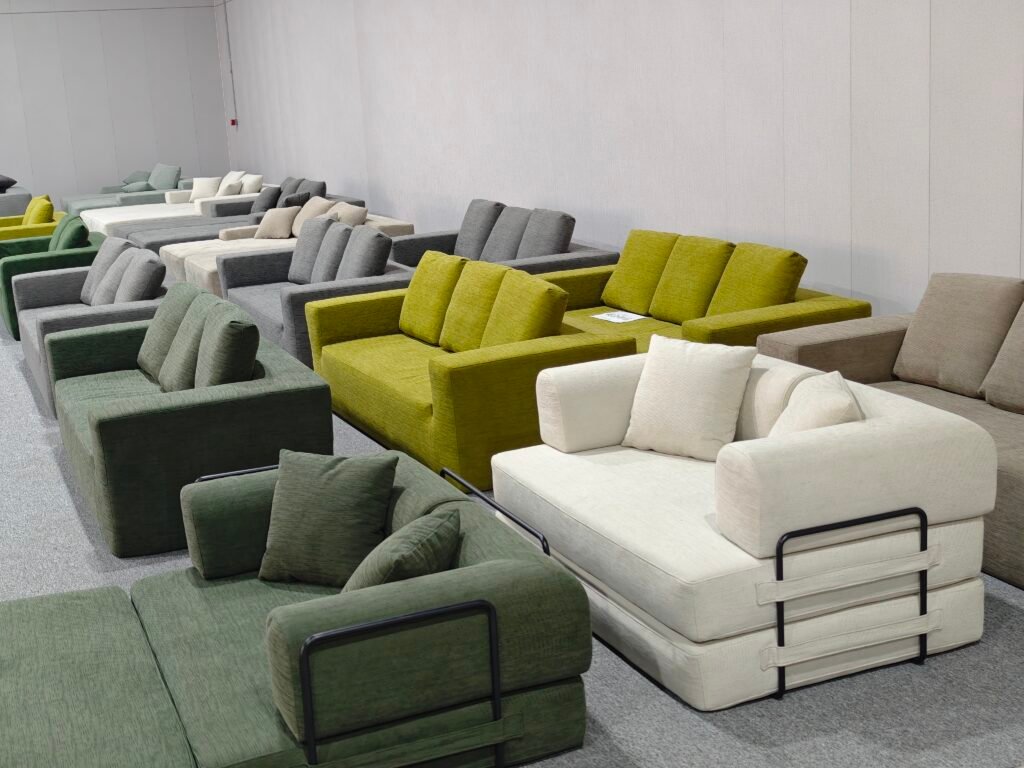For B2B companies in furniture manufacturing, wholesale, and retail, understanding the rebound behavior of compress sofas is critical for managing customer expectations, optimizing product design, and improving supply chain communication. Compress sofas, which are vacuum-packed and compressed for efficient shipping and storage, often exhibit a delay before fully regaining their original shape once unpacked. This article explores the technical reasons behind this delay and its implications for business buyers and suppliers.


The Technical Reasons Behind the Rebound Delay
1. Foam Material Compression and Memory Effect
Compress sofas typically use high-density polyurethane foam or advanced polymer sponges designed to provide comfort and durability. When these foams are vacuum-compressed, their cellular structure is tightly compacted. The foam’s natural “memory” causes it to slowly return to its original shape, but this process takes time because:
- The foam cells are temporarily deformed and must gradually re-expand as air re-enters.
- The polymer chains within the foam need a relaxation period to regain full elasticity.
This rebound delay can range from several hours to a few days depending on foam density, thickness, and quality.
2. Packaging Materials and Airflow Restrictions
Compress sofas are wrapped in plastic or non-woven fabric to protect against moisture, dust, and damage during transit. While essential for product protection, these wrappings limit airflow around the sofa, slowing the foam’s ability to fully expand quickly. The sealed environment maintains vacuum pressure longer, which prolongs the rebound time.
3. Temperature and Environmental Factors
Ambient temperature and humidity also influence rebound speed. Foam materials rebound faster in warmer environments where polymer flexibility increases. Conversely, cold or damp conditions can slow the foam’s recovery, extending the delay before the sofa fully expands.


B2B Implications of the Rebound Delay
Managing Customer Expectations
For furniture manufacturers and retailers, educating B2B clients about the rebound delay is vital. Clear communication helps reduce premature returns or complaints, as buyers understand that the sofa requires time to reach optimal comfort and shape.
Product Development and Material Selection
Understanding rebound mechanics allows manufacturers to select or develop foam materials optimized for quicker recovery without compromising durability. This innovation can be a competitive advantage in the compress sofa market.


Logistics and Inventory Planning
The rebound delay affects warehouse handling and showroom display timing. B2B logistics managers should factor in adequate unpacking and expansion time before delivery to end customers or retail floors, ensuring products are presented in their best condition.
Comparison with Traditional Sofas
| Feature | Compress Sofas | Traditional Sofas |
|---|---|---|
| Packaging | Vacuum-sealed, compressed | Fully assembled or boxed |
| Rebound Time | Several hours to days | Immediate use |
| Material Adaptation | Foam memory effect requires time | Foam and springs ready immediately |
| Shipping Efficiency | High due to compression | Lower due to bulkiness |
| Customer Education Needed | Yes, to explain rebound delay | Minimal |
Conclusion
The delay before compress sofas fully rebound is primarily due to the foam’s cellular structure needing time to re-expand after vacuum compression, combined with packaging constraints and environmental factors. For B2B companies, understanding this delay is essential to managing customer expectations, optimizing product design, and improving logistics efficiency. By integrating these insights into communication and operations, businesses can enhance customer satisfaction and strengthen their market position in the growing compress sofa segment.